The Art of Conservation: Water-Saving Plumbing Fixtures
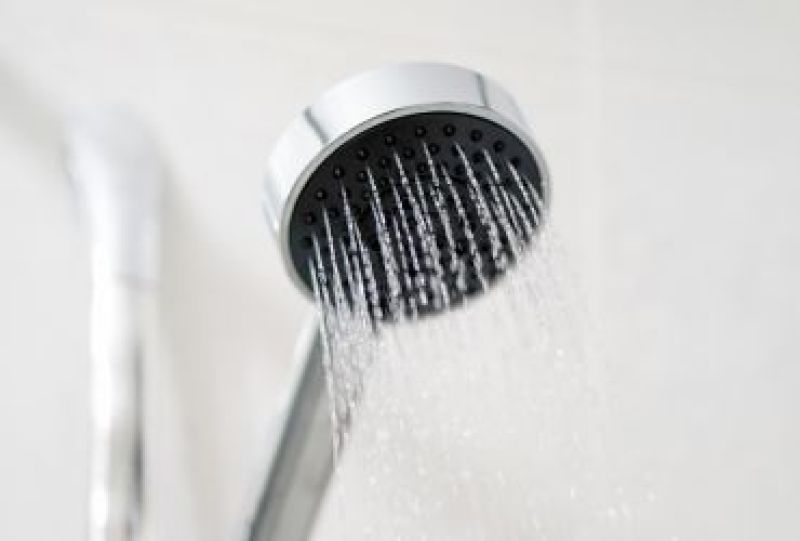
Homeowners play a pivotal role in water conservation, an effort that brings both immediate and long-term benefits. Upgrading to water-saving plumbing fixtures is a smart and sustainable home improvement that provides ecological and financial benefits. A water-saving fixture refers to any plumbing component that is designed to use less water than standard fixtures without compromising functionality.
By installing low-flow toilets, showerheads, and faucets, homeowners can significantly reduce their household’s water consumption. These modern fixtures are designed to use less water per minute without compromising functionality or performance.
Water Conservation For Homeowners
Upgrading to water-saving plumbing fixtures is a transformative step that homeowners can take to significantly reduce their household’s water consumption. Plumbing fixtures have advanced significantly over the years, and they have options that are specifically engineered to deliver lower water flow rates, reduce water consumption, and maintain high performance. If it’s time to replace your plumbing fixtures, now might be the right time to invest in water-saving plumbing fixtures.
On the environmental front, using less water means sustaining freshwater supplies, protecting natural habitats, and reducing energy consumption along with its associated greenhouse gas emissions. Economically, conservation leads to tangible savings on utility bills, can boost property values, and eases the burden on municipal water treatment and supply systems, potentially deferring the need for costly infrastructure projects.
Toilets: Flush With Efficiency
Upgrading to a water-efficient toilet is a smart and impactful choice for any homeowner looking to combine conservation with cost savings. Traditional toilets are often the main source of water usage in the home, accounting for nearly 30% of an average household’s consumption.
Water-saving toilets, including low-flow and dual-flush options, use significantly less water per flush—sometimes as little as 1.28 gallons, compared to the old standard of 3.5 gallons or more. This dramatic reduction in water use can save tens of thousands of gallons per year, reflecting both an eco-conscious choice and a reduction in water bills.
The design advancements in these toilets ensure that the reduced water usage does not compromise flushing power, maintaining efficiency and hygiene. Homeowners benefit from the peace of mind that comes with reducing their environmental footprint, without sacrificing functionality or convenience.
Additionally, reducing water usage through efficient toilets can lessen the load on sewage treatment facilities and septic systems, leading to lower infrastructure costs and increased longevity of these systems. For homeowners, the transition to an efficient toilet model is often smooth, with many options designed to fit into existing bathroom spaces.
Faucets: Streamline Your Water Usage
Swapping out old faucets for water-efficient models is a subtle yet effective stride in a homeowner’s quest for conservation and cost-effectiveness. Modern water-saving faucets employ aerators which introduce air into the water stream, delivering a steady, effective flow while reducing water usage by as much as 30% to 50%. This simple innovation means that every hand wash, dish rinse, and vegetable clean uses less water without a noticeable difference in pressure or utility.
The savings can be quite significant when you consider the cumulative effect of daily water activities across the year. These faucets come in a variety of styles and finishes, ensuring that eco-friendliness goes hand-in-hand with modern design and personal taste, enhancing a home’s aesthetics while championing sustainability. It also benefits homes with water meters or those on a well system, directly translating into reduced operating costs which translates to lower water bills.
Shower Heads: Make A Splash With Savings
Investing in a water-saving shower head is another great option for homeowners looking to conserve water and lower their utility bills. Installing a water-efficient showerhead is one of the most effective measures a homeowner can take to slash water consumption in the bathroom—a place where a significant portion of household water usage occurs.
These showerheads are engineered to use less water while still providing a satisfying and invigorating shower experience. They achieve this through advanced technologies that control flow rates and water droplet size, often limiting usage to 2.0 gallons per minute or even less, compared to standard models that can use upwards of 2.5 gallons per minute.
This reduction can amount to thousands of gallons saved annually per household, translating directly into lower utility bills. Furthermore, since less hot water is used, energy costs also decrease due to reduced demand on water heaters, compounding the financial savings over time. The modern water-saving showerhead no longer means a compromise on comfort; instead, it’s a smart update that combines efficiency with luxury.
Advanced Water-Savings Fixtures
Advanced water-saving plumbing fixtures like hot water recirculation systems exemplify the innovation driving the conservation movement within home design. These systems work by continuously circulating hot water through the pipes of a home, ensuring that hot water is available on demand without the wasteful runoff that occurs while waiting for water to heat up. This not only saves water but also reduces the energy burden associated with heating and re-heating water.
On the other hand, tankless water heaters, also known as on-demand water heaters, revolutionize water heating by directly heating water as it flows through the device without the need for a storage tank. These units tend to be more energy-efficient than traditional tank-type water heaters since they avoid the standby energy losses associated with maintaining a tank full of hot water.
While the upfront cost of a tankless water heater may be higher, the long-term energy savings can be substantial, with many units also boasting a longer lifespan than their tanked counterparts. For environmentally conscious homeowners, tankless water heaters are an attractive option, significantly reducing the home’s energy consumption and, consequently, its carbon footprint. The dual benefit of environmental impact and reduced energy bills makes these advanced water-saving fixtures a great choice for sustainable home upgrades.
Professional Plumbing Services Near You
The importance of water-saving plumbing fixtures in the modern home cannot be overstated. By utilizing fixtures such as low-flow toilets, showerheads, and aerated faucets, households can significantly reduce their water consumption, which not only helps to preserve this precious resource but also results in considerable savings on water bills.
When it comes to installing these advanced water-saving fixtures, the expertise of a professional plumber is essential. A professional installation ensures that fixtures are correctly fitted and operating at peak efficiency, which is important for maximizing water savings. Our skilled plumbers at Rootin Tootin Rooter bring the technical know-how, tools, and equipment to install the best water-saving plumbing fixtures in your home.
Frequently Asked Questions About Water-Saving Plumbing Fixtures
Can water-saving fixtures really make a difference on my water bill?
Yes, water-saving fixtures can have a significant impact on your water bill. By reducing the amount of water used with every flush, shower, or when washing hands, these fixtures can decrease a household’s water consumption by thousands of gallons per year, leading to substantial savings.
What should I consider when choosing water-saving plumbing fixtures?
When selecting water-saving fixtures, consider the fixture’s WaterSense label, which indicates EPA certification for efficiency and performance. Also, evaluate the fixture’s compatibility with your existing plumbing system, its design, and any available rebates or incentives.
Will I notice a performance difference with low-flow fixtures?
Modern water-saving fixtures are designed to meet performance standards comparable to their traditional counterparts. Advances in technology ensure that low-flow toilets flush effectively, and faucets and showerheads provide satisfactory pressure and coverage.
Other Blogs You May Be Interested In
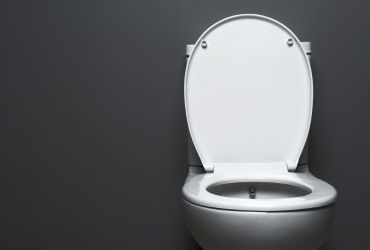
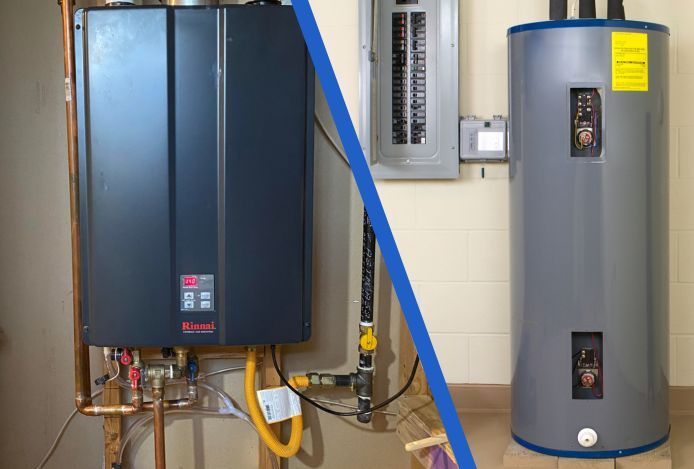

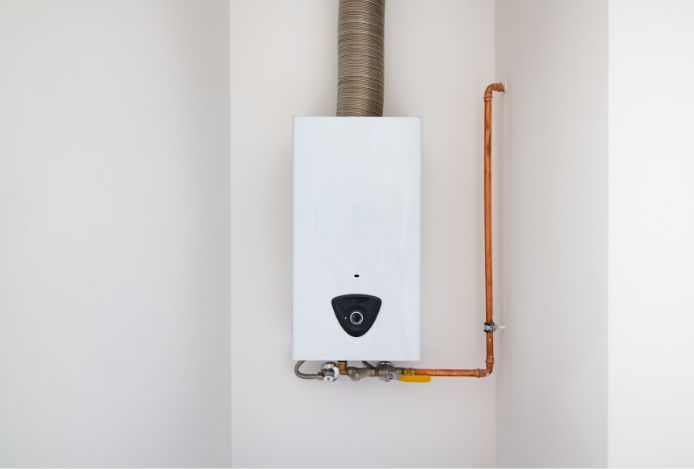
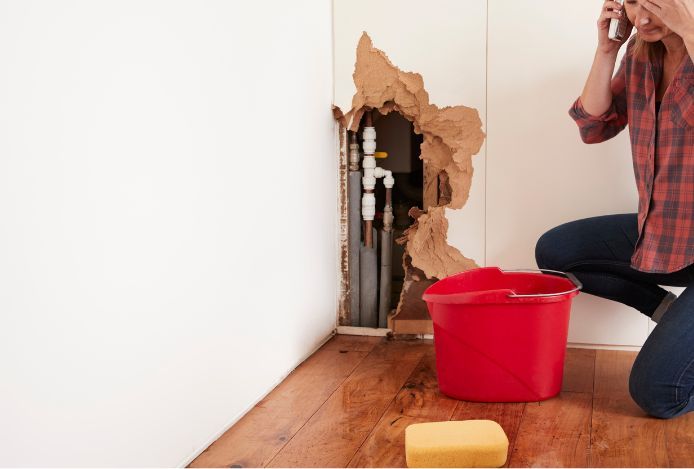
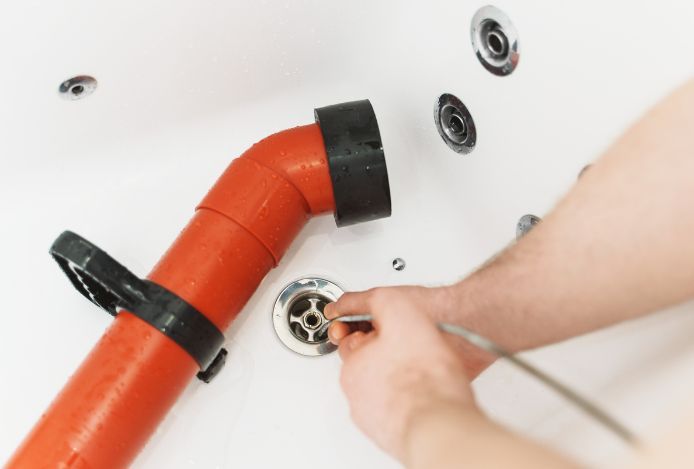
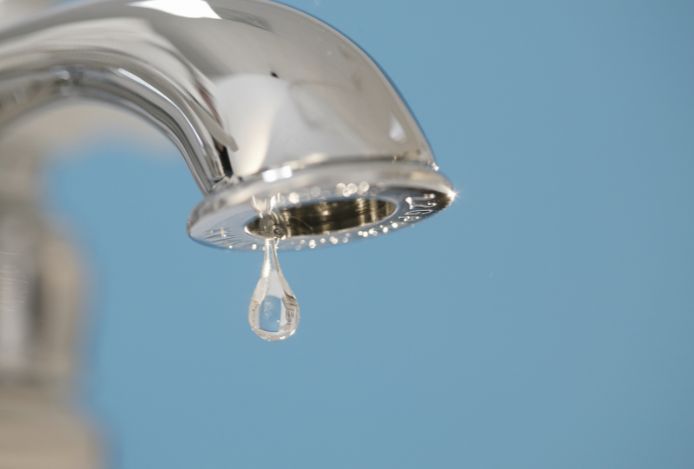
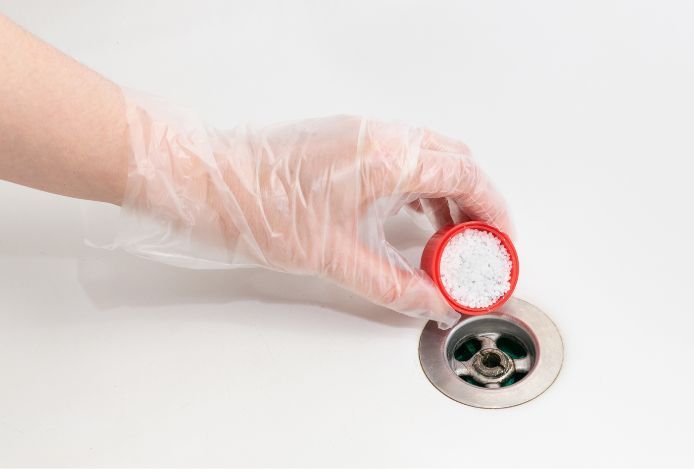
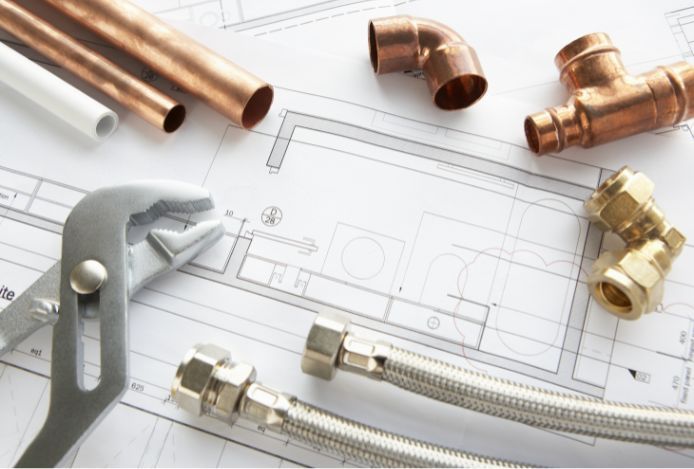
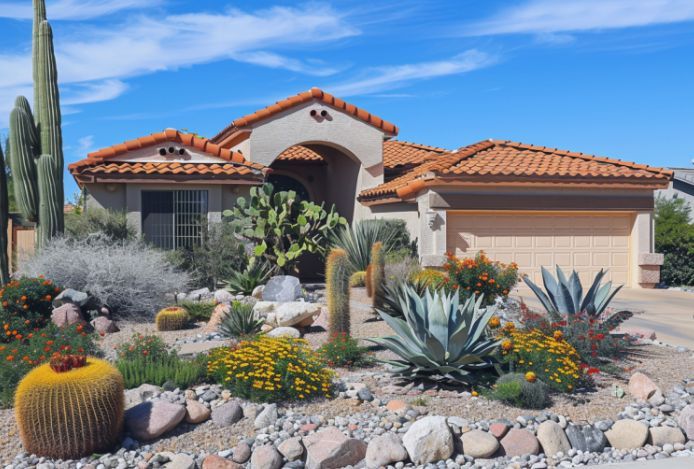
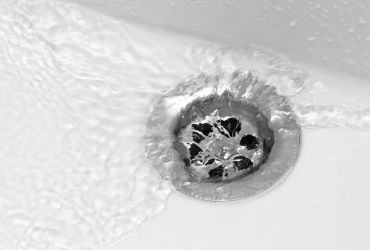
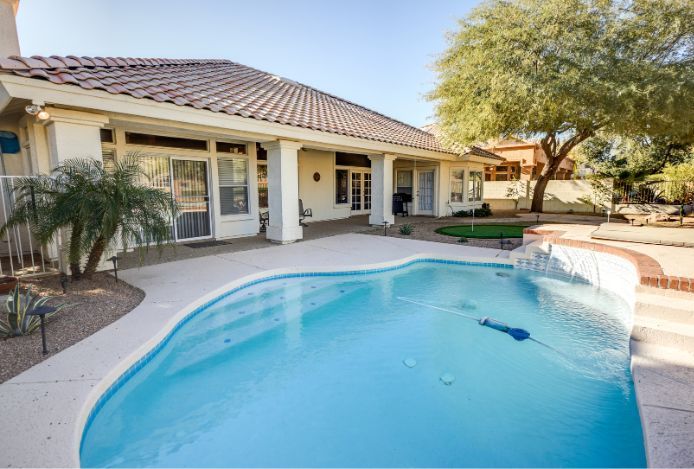
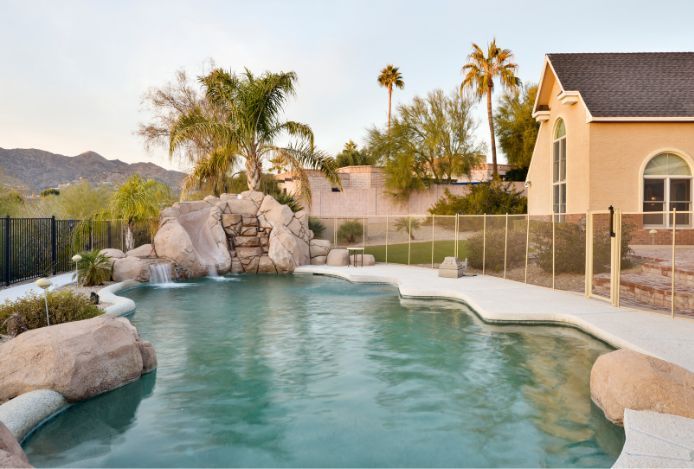
Leave a Reply